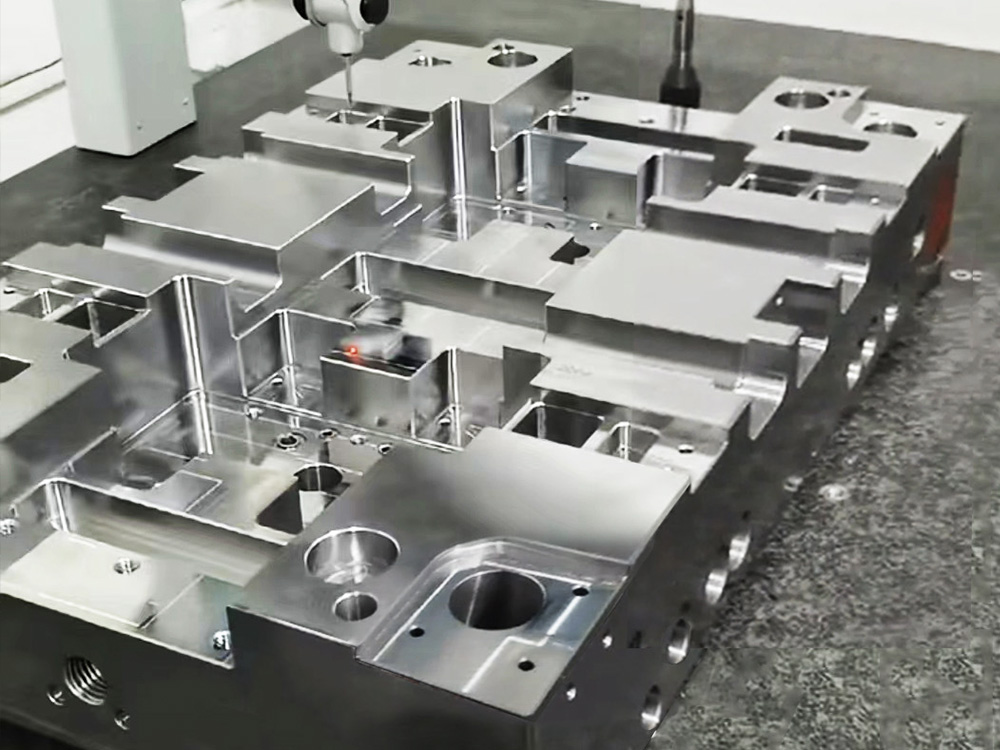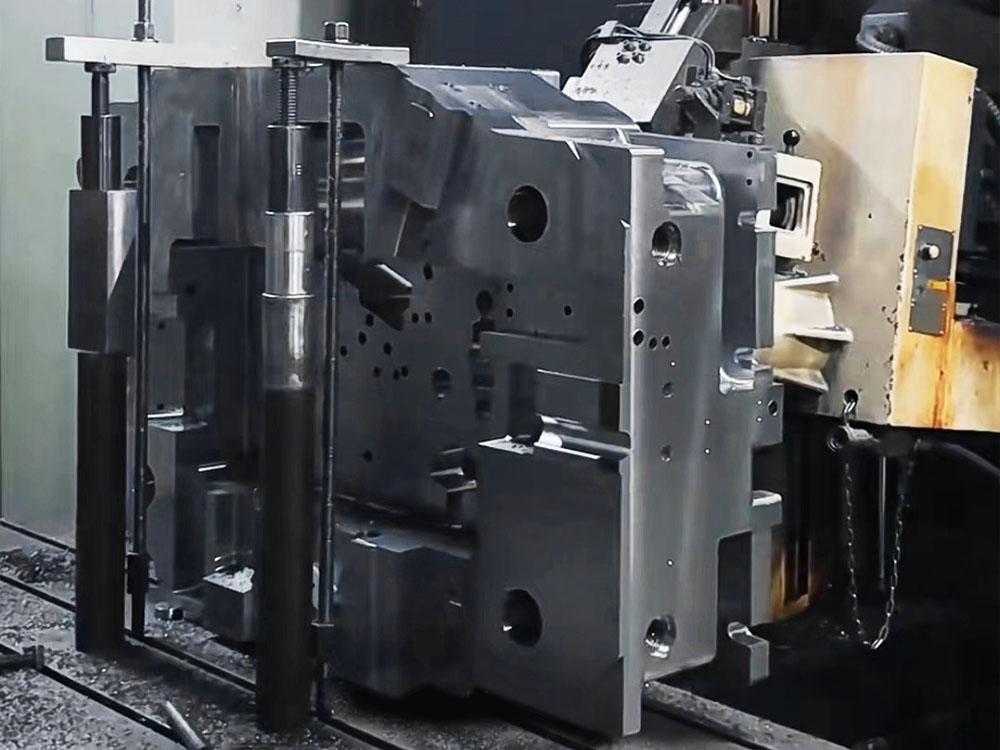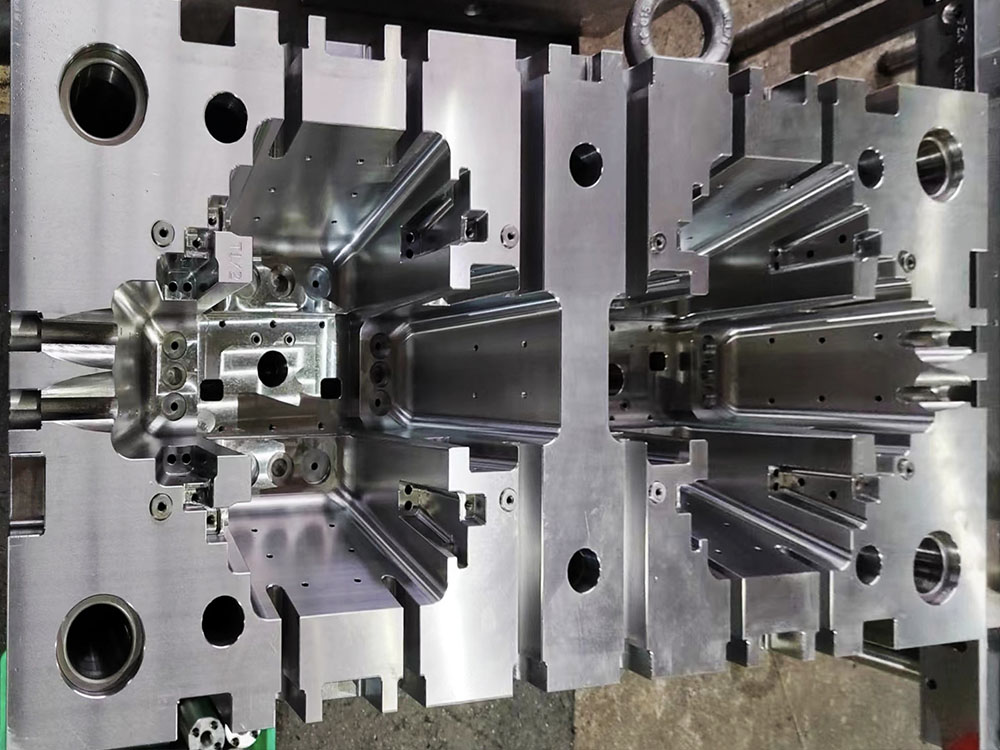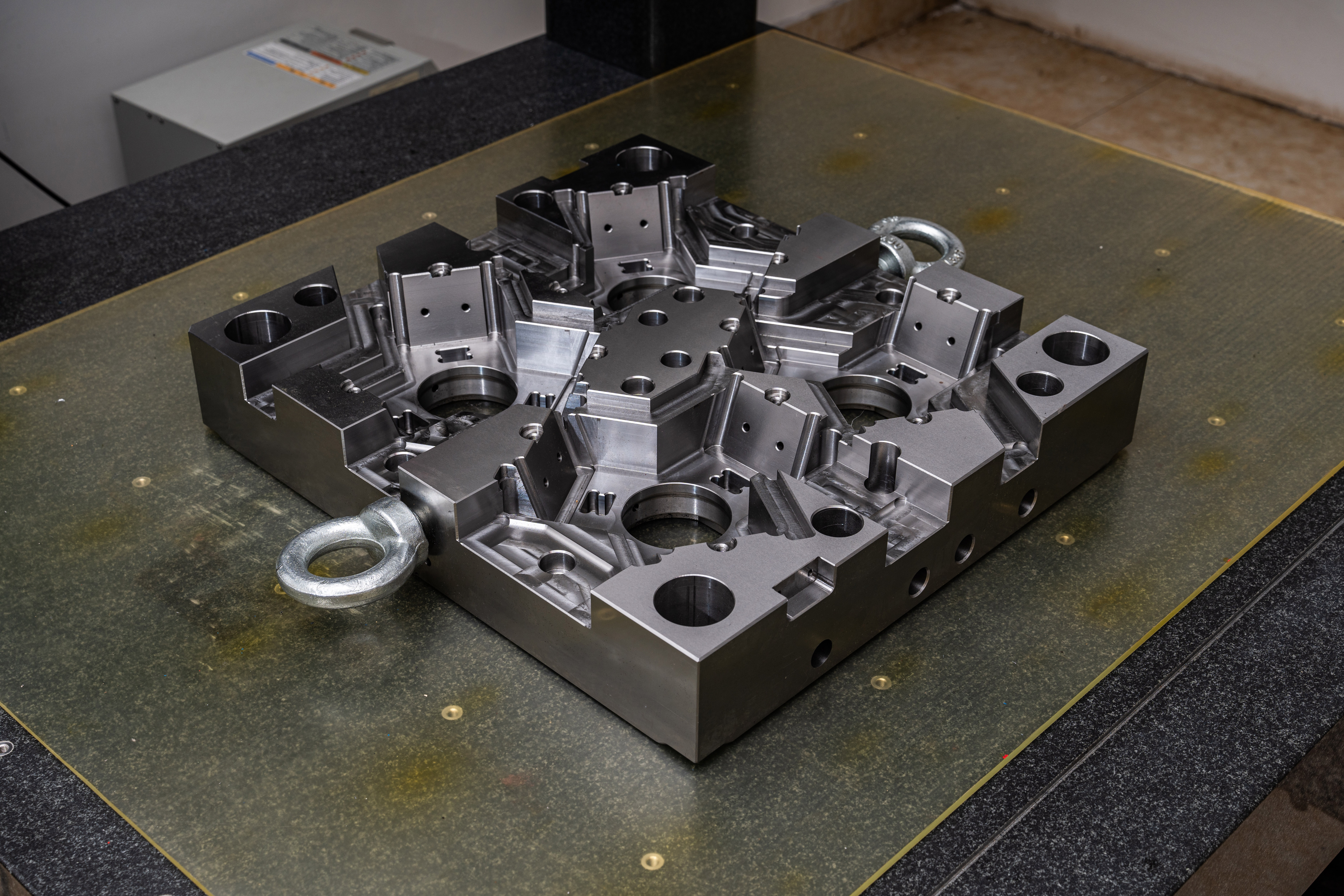Best Practices for the Maintenance and Upkeep of Hardware Racks
Hardware racks play a crucial role in the Mold Base industry, providing the necessary support and organization for various equipment and tools. To ensure their optimal performance and longevity, it is essential to follow best practices for their maintenance and upkeep. This article will outline the key steps to ensure the proper care of hardware racks.
1. Regular Cleaning and Inspection
Regular cleaning and inspection of hardware racks are critical to prevent the accumulation of dust, debris, or any potential damage. Start by removing all equipment and tools from the racks and use compressed air or vacuum to remove any dust or dirt. Inspect the racks for any signs of wear, such as bent or loose components, and replace or repair them promptly to avoid further damage.
2. Strategic Organization
An organized hardware rack not only improves efficiency but also reduces the risk of accidents or damage. Categorize equipment and tools based on their size, weight, or usage frequency, and allocate appropriate rack space for each category. Use clear labeling or color-coding systems to easily identify and locate specific items. Regularly review and reorganize the racks to accommodate any changes or new additions.
3. Proper Weight Distribution
Overloading a hardware rack can lead to structural damage and compromise its stability. Always adhere to the weight limits specified by the rack manufacturer. Distribute the weight evenly across the rack by placing heavier equipment or tools at the bottom, and lighter ones at the top. Avoid placing excessive weight on the rack doors, as it can cause misalignment or hinge damage.
4. Temperature and Humidity Control
Storing hardware racks in an environment with controlled temperature and humidity levels is crucial for their longevity. Excessive humidity can lead to rust or corrosion, while extreme temperatures can affect the integrity of the rack components. Ensure that the storage area is adequately ventilated and use dehumidifiers or air conditioners if necessary to maintain the ideal conditions.
5. Regular Lubrication
Lubricating the moving parts of hardware racks is essential to prevent friction and ensure smooth operation. Apply appropriate lubricants to hinges, tracks, or sliding mechanisms as recommended by the manufacturer. Regularly inspect these components for any signs of wear or damage and replace them if necessary.
6. Secure Attachment
Properly fastening hardware racks to the floor or wall is vital to prevent accidents or instability. Use sturdy anchors and bolts that are suitable for the rack's weight and ensure a secure attachment. Regularly check the anchor points for any signs of loosening and tighten them as required.
7. Training and Maintenance Records
Provide training to personnel responsible for the upkeep of hardware racks on the best practices outlined above. Maintain detailed records of all maintenance activities, including cleaning, inspections, repairs, or replacements. This information will help in identifying any recurring issues, monitoring the lifespan of the racks, and planning for future upgrades or replacements.
By following these best practices, the Mold Base industry can ensure the longevity and optimal performance of hardware racks, leading to improved efficiency, reduced downtime, and a safer working environment.




